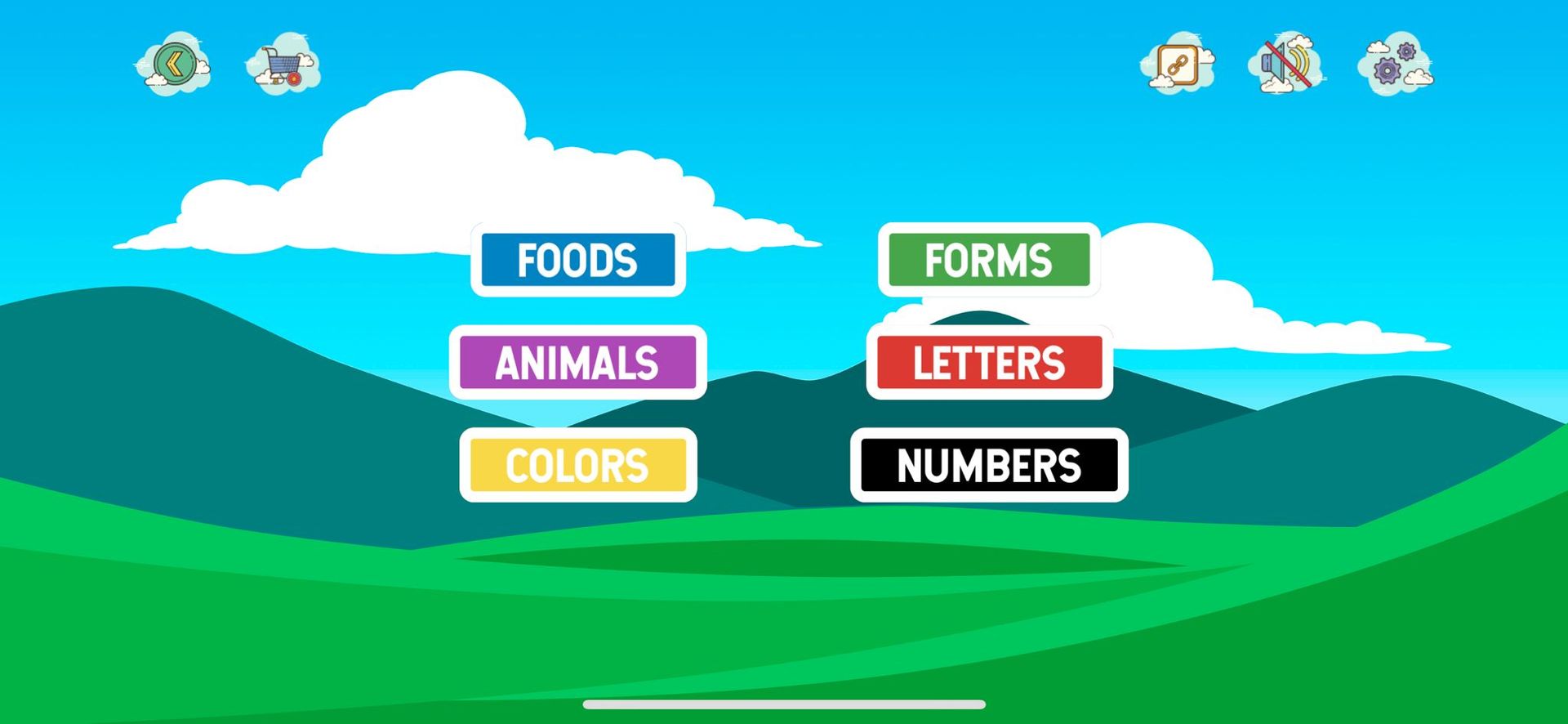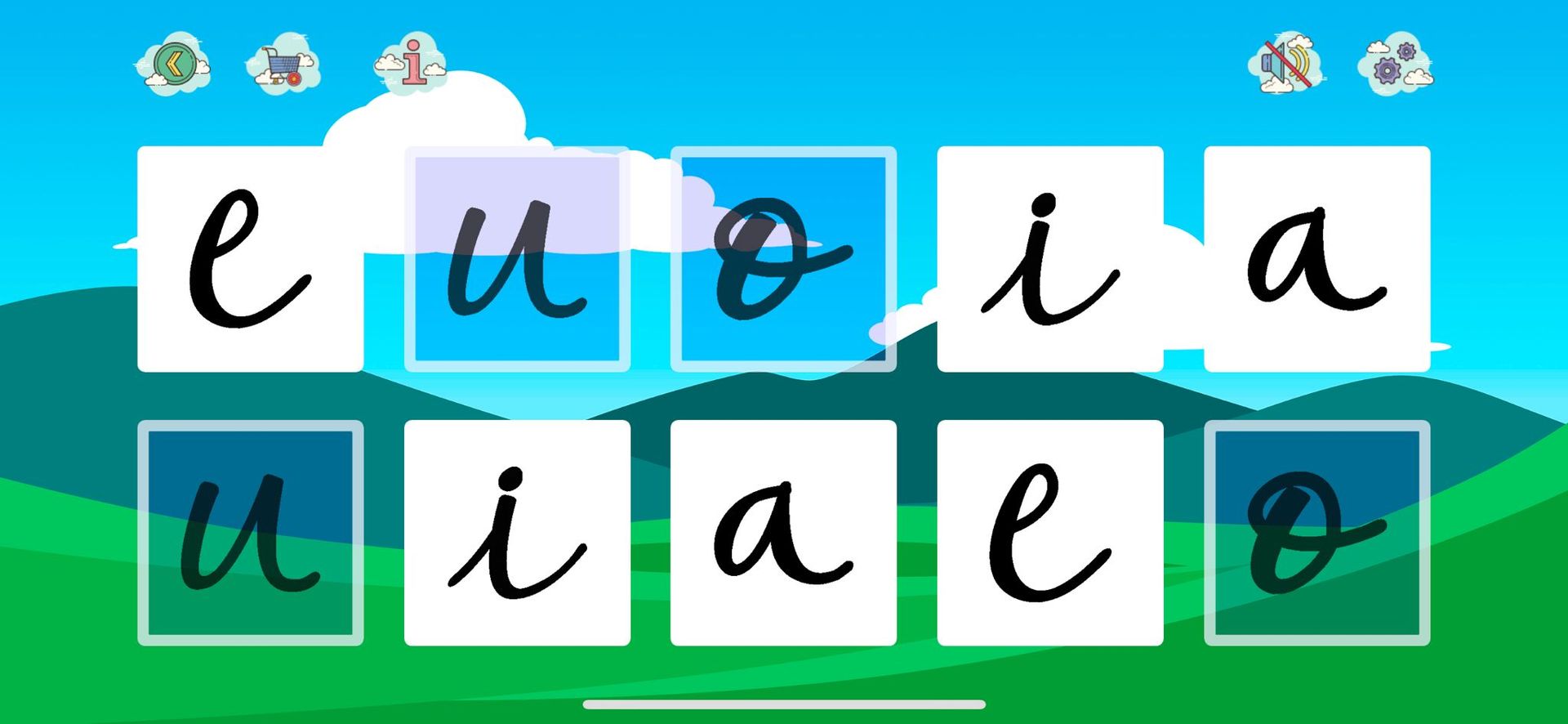How to teach literacy to students with autism?
How to teach literacy to students with autism?
For typical or atypical people, reading and writing are very important skills for living in society. They facilitate communication, socialization, promote independence, self-esteem, understanding of the world around them, academic and professional development, and much more. In summary, literacy development facilitates the process of inclusion in society.
As there are many questions about this literacy process for students on the spectrum, we have prepared the following content.
What is literacy?
Basically, literacy is a learning process to teach a person to read, write and understand the alphabetic system.
Literacy is part of a cognitive process, with skills that need to be developed in all people, regardless of age or condition (typical or atypical), which precede reading and writing.
First, the child learns to read and then to write. Fluent reading might result in good writing. This happens because, while reading is the decoding of the alphabet (understanding the relationship between letter and sound), writing is the codification of this same set, which comprises a much more difficult cognitive process.
What is the difference in literacy of a typical and atypical child?
The literacy of a typical child and a child with ASD differs in relation to the
methodologies used, the time that this process will take, and the understanding of their specific characteristics.
In many cases, the methodologies used in schools do not consider the particularities of a child on the spectrum and the appropriate time they would need to develop certain skills, causing a lot of frustration.
Just like a typical person, each child with autism works in a way and perceives the world differently: some are more visual, and others are more interested in sounds or manual activities. The important thing is that teachers and parents carry out tests, investigate the main difficulties of the child, experiment with different ways of presenting content, and invest in those that present greater adherence.
Learning has to take place in a personalized way!

The structured learning process for children with ASD
Check out the five items that are part of a structured literacy process:
Phonological awareness
Phonological awareness is the ability to associate letters with their sounds.
The difficulty in organizing and understanding language is a common symptom in people with ASD. Therefore, when the student is encouraged to think that each letter has its own sound, the alphabetic code begins to make more sense for them, in a more organized way. With this, the ability to perceive and manipulate sound increases.
Alphabetic principle
This principle focuses on the realization that each letter has a specific symbol and sound. According to Puranik, Lonigan, & Kim (2011), the alphabetic principle involves recognizing the letters of the alphabet, performing grapheme-phoneme correspondence, in addition to knowing and producing the sound corresponding to a graphic code (grapheme/letter), having a direct relationship with decoding.
Good to know: If the student with ASD has not yet managed to become literate - being a child, teenager, or adult -, go back to the fundamentals and work mainly on these two precursor skills: phonological awareness and the alphabetic principle. Only with this well-established foundation will it be possible to advance in reading and writing.
Phonics instruction
Phonics instruction consists of teaching graphemes, which connects spoken word sounds to its spelling. This further assists in developing phonological awareness and facilitates learning to read.
Explicit instruction
It is a direct and structured way of teaching, dividing the lesson into stages and making the process clearer. The purpose of explicit instruction is to divide the learning process into a few phases:
1) Purpose of the lesson: explain to the students what will be taught in that lesson and why it is important
2) Instruction: the teacher shows the class step by step how to perform a certain task
3) Practice: under the supervision of the teacher, students work together to put what they have learned into practice and then perform the same task individually
4) Correction: the teacher corrects the activities, gives feedback to the students and, when necessary, instructs the student to redo the activity
5) Evaluation: before starting a new concept or lesson, the teacher must evaluate if the students were able to learn what was taught.
Multisensory approach
The multisensory approach consists of using the senses to facilitate the learning process.
People have different learning styles. While some are more visual and need to draw or write to learn, others learn better through sounds, needing only to hear the explanation from the teacher, for example.
In the literacy process, when using the senses, several areas of our brain will be triggered. This works on our different ways of learning and helps to solidify that new information.
Remember:
if the child has specific interests in any topic, use this in the literacy process. If their interest is in astronomy, for example, prepare classes using the theme of planets, stars, and galaxies.

Methods that support the literacy process of autistic students
- PECS Method: The Picture Exchange Communication System encourages children to communicate through the use of images or to expand their repertoire of words.
- TEACCH Method: It aims to promote learning based on valuing each person's cognitive abilities. In addition, the method is based on adapting and organizing environments to facilitate an understanding of what is expected in each of them, fostering new learning at home, at school, at work, or in other environments.
- ABA method: The method focuses on expanding the child's behavioral repertoire. With this, it is expected that they will improve their interaction with other people and have fewer difficulties in social communication. The set of techniques also aims to reduce disruptive behavior.
What to do when the child doesn’t learn to write?
Even with the whole structured process, if the child learns to read, but does not learn to write,
you can adapt. There are other forms of communication besides writing, such as the Picture Exchange Communication System (PECS method) mentioned above. Even without knowing how to write, the important thing is making sure that they can express themselves.
What about non-verbal autistic people?
Non-verbal autists must also be taught. After all, they need to communicate, and speech is not necessarily a prerequisite.
In such cases, the structured literacy process can also be used in conjunction with the PECS method. The assessment of learning to read in a non-verbal autistic person can be done with the support of images and figures, where the child reads some text and then points to the figure that best represents what was read.
Tools that help schools and families in the teaching process
- For families, we recommend Jade APP: an application for tablet, smartphone, or computer, developed to stimulate cognitive functions of children with ASD. Through association or memory games, Jade APP improves their cognition while playing.
- For schools, we recommend Jade EDU: an educational software with activities that stimulate logical reasoning, memory, and other skills that children should develop during their school life. The platform offers pedagogical anamnesis, student performance reports, courses, and training focused on increasing teachers' knowledge about autism.
How the literacy process is worked on Jade APP and Jade Edu
Within the platforms, areas of knowledge are worked on in different curricular components:

Literacy takes place mainly in the “letters” category, where an understanding of the alphabetic system, orthography, different spellings, accentuation, and word morphology is developed.
The skills learned are:
- Spell words using matching rules, regular phoneme-grapheme, contextual, morphological, and frequently used words with irregular correspondences
- Properly stress oxytone, paroxytone, and proparoxytone words
- Differentiate primitive, derived, and compound words
- Differentiate words derived by prefix and suffix addition

In addition to the literacy process, this category works on cognitive stimulation with the peer association technique. In this technique, attention is stimulated and, as a cognitive process, it involves mechanisms responsible for the selection, inhibition, alternation, and support of stimuli.
We hope this content was useful for you!
About Jade
Jade Autism is a company that promotes inclusive education through technology. Click here to learn more about Jade.

